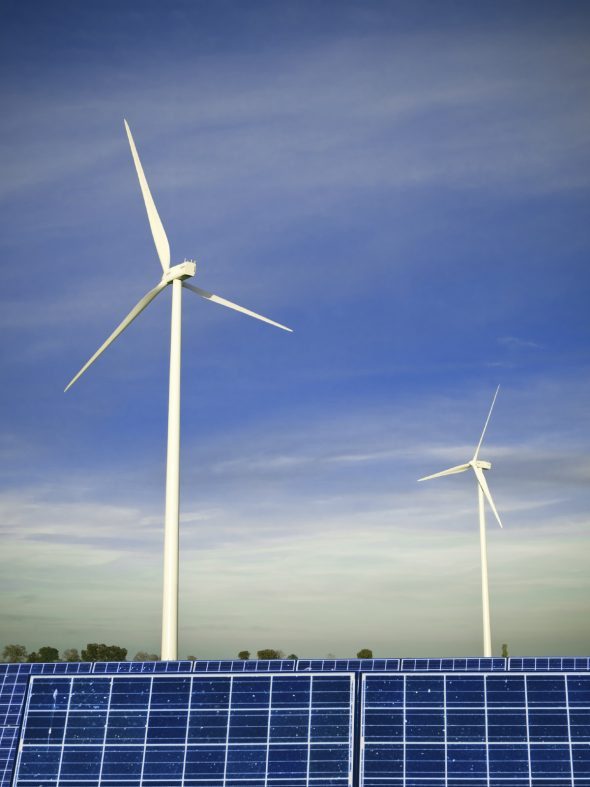Yet another study has affirmed that Australia could – and should – shift to a 100 per cent renewable energy grid, as a “robust, reliable and stable” supply of clean electricity.
The discussion paper, released on Friday by not-for-profit group the Alternative Technology Association, found that a fully renewable electricity grid would provide long-term economic and social benefits for Australia, while also playing an important part in its commitments to fight climate change.
The publication of the paper coincides with Friday’s meeting of COAG, to discuss the preliminary report of the Finkel Review into the security and stability of the national electricity market.
The ATA report, 100% Renewable Grid – Feasible?, reviewed evidence from recent developments in Australia and overseas, as well as previous studies including those by the Australian Energy Market Operator.
“We found all experts agree that a 100% renewable grid will be reliable and stable, as long as it uses an appropriate mix of renewable generation sources, energy storage and upgraded infrastructure,” said Andrew Reddaway, the paper’s author and ATA energy analyst.
During periods of calm, cloudy weather electricity could be sourced from sunny or windy parts of the country and supplemented with energy stores such as hydroelectric dams, molten salt heat storage, batteries, renewable gas and stockpiles of pelletised woody waste, the report found.
“This grid would be robust, with smarter renewable generators and batteries automatically injecting extra electricity when required for grid stability,” Reddaway said.
“Similarly, smart appliances would detect disturbances in the grid and independently adjust their power level to compensate.”
The ATA report also found that the cost of such a smart and diverse grid would be manageable, and compared it to a “21st century version of the Snowy Mountains Scheme.”
The Snowy hydro scheme, said Reddaway, cost the equivalent of 16 per cent of Australia’s Gross Domestic Product in its commencement year, but these costs were spread over the project’s duration, and were balanced by the creation of many local industry jobs.
“During the transition energy costs are likely to be slightly higher than ‘business as usual’, but in the longer term it would place downward pressure on electricity bills because renewable energy generation is cheap to run,” Reddaway said.
“Widespread energy efficiency measures would further offset costs.”
On the technical side of things, the report noted that there were “many possible solutions to maintain grid stability as levels of wind and solar generation increase.”
For example, to maintain inertia in the grid, the report recommends retaining the steam turbines of decommissioned fossil fuel power plants, keeping them connected to the grid, and allowing them to continue to rotate in synch with grid frequency, without burning fuel.
For wind farms, the report notes, when a slowdown in grid frequency is detected, the wind turbine’s controller could immediately increase its power output by temporarily sacrificing some blade speed – an app roach known as synthetic inertia that ATA says is already required in part of Canada.
As for rooftop solar, the report says this is already evolving to help keep the future grid stable.
“As of October 2016, all new grid-connected inverters must be capable of reducing their generation or export, in response to a signal from the grid operator,” it says.
“Known as Demand Response Mode (DRM), this feature allows solar generation to be curtailed when it exceeds overall demand – although this is not expected to be implemented for many years, the ATA notes, and requires and additional device known as a Demand Response Enabling Device (DRED) to be plugged into the inverter.
And, like other reports released recently on this subject, the ATA notes that battery storage will play a big role in future renewables-heavy grids.
“Batteries are especially well suited to support grid stability,” the report says, “as they can discharge electricity into the grid with zero start-up time.
“Large batteries have already been installed in the grid for such purposes overseas,” it says, adding that household batteries can also provide this service, while also delivering savings and other benefits to consumers.








